Tea Retreat at Moganshan, Zhejiang
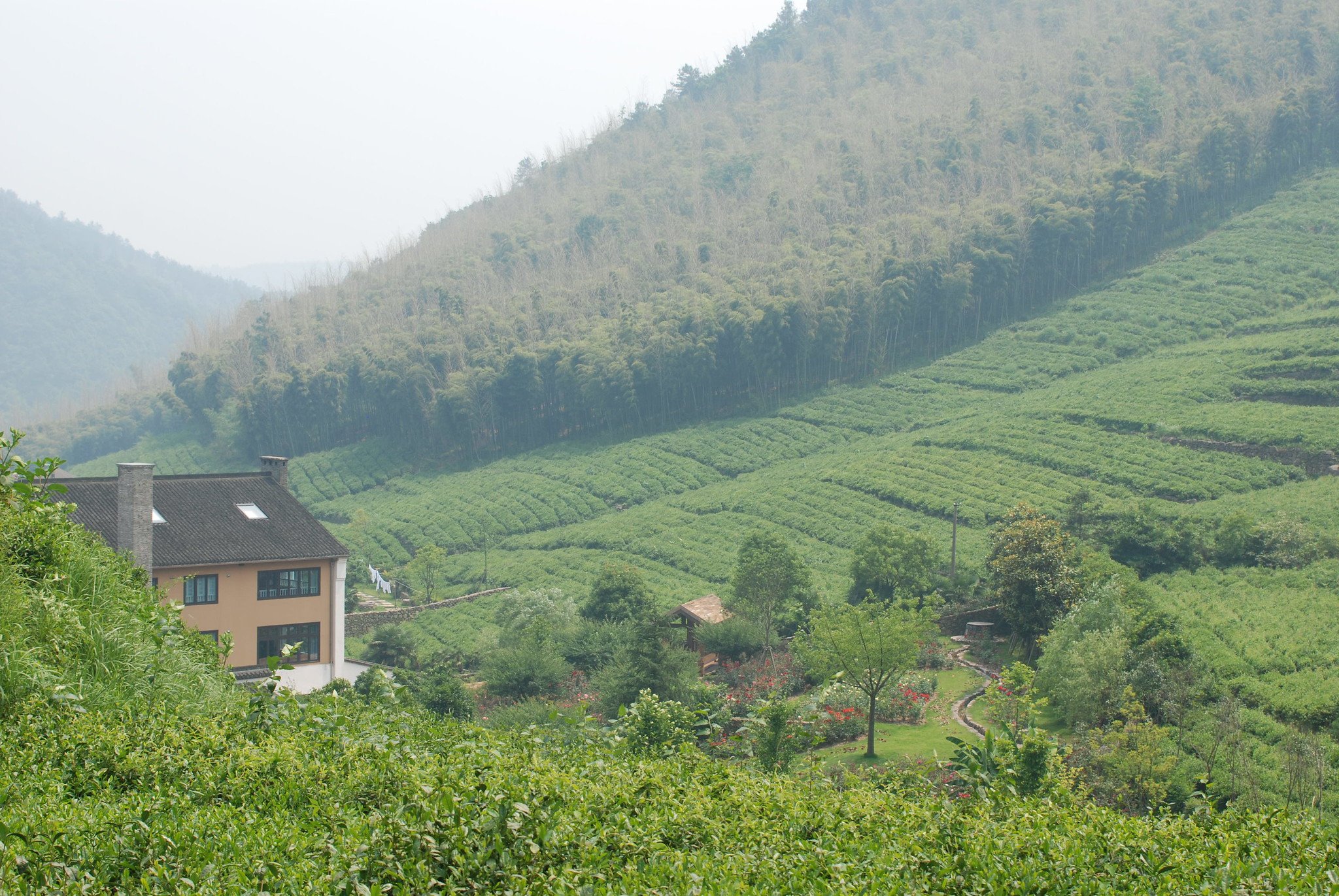
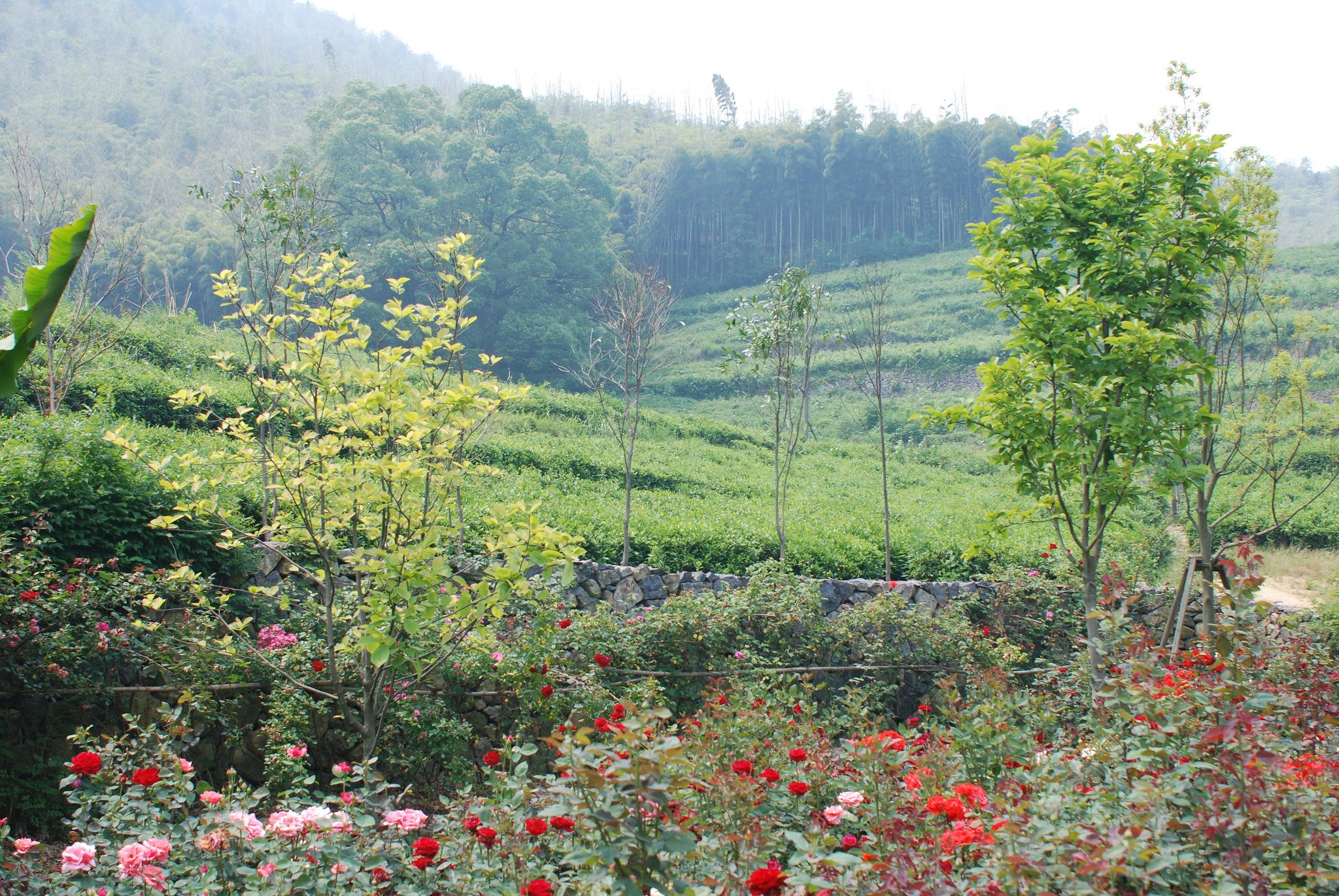
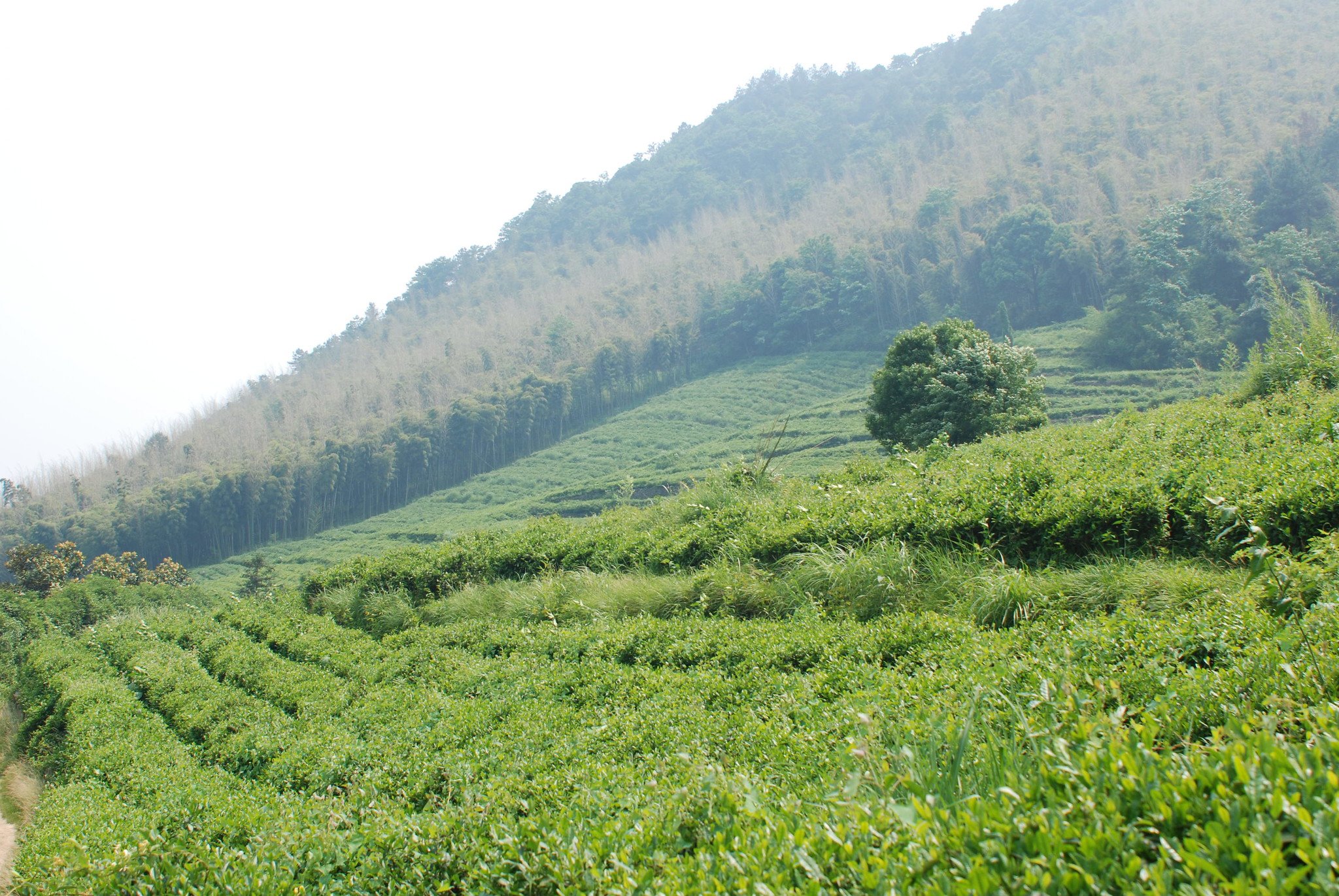
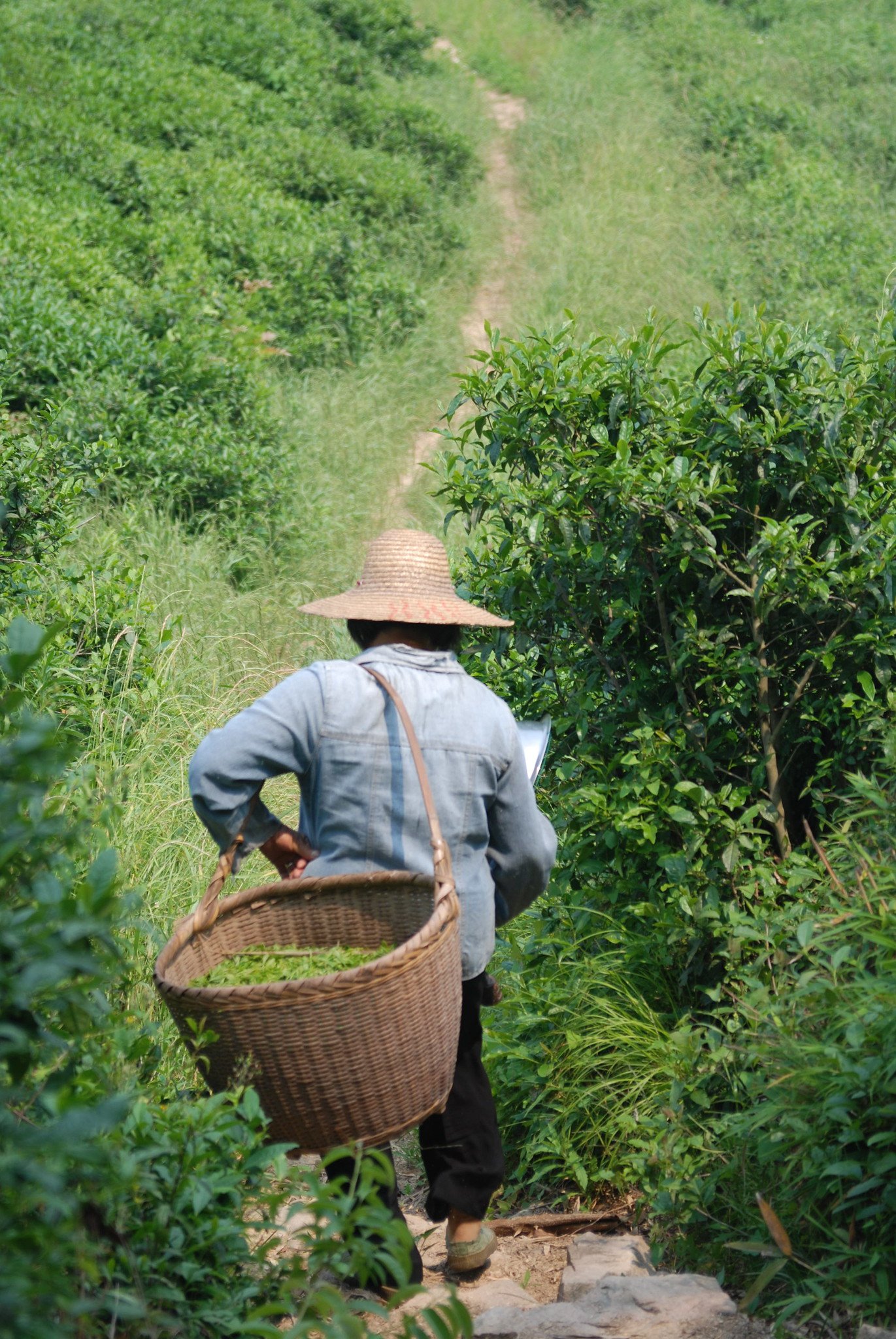
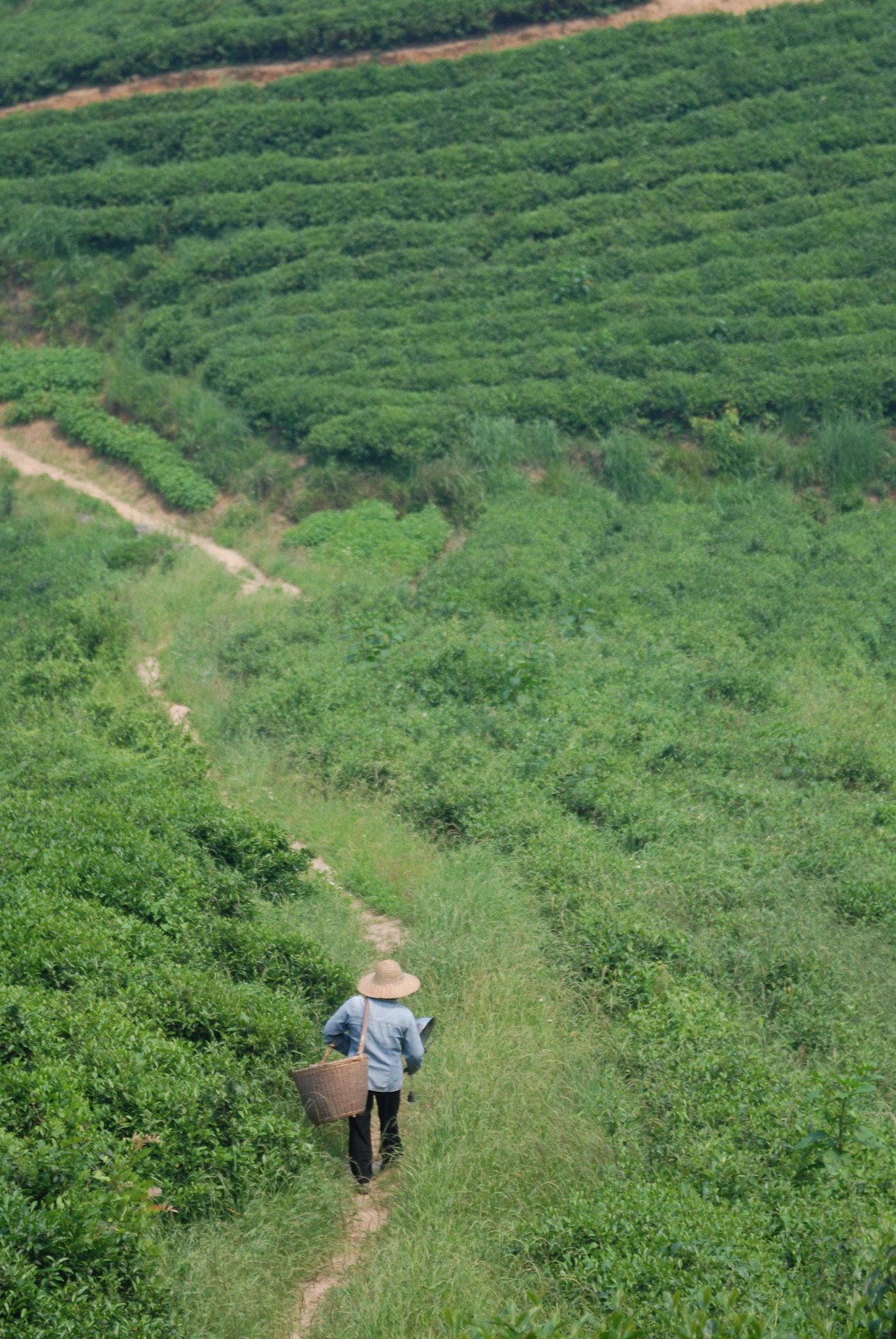



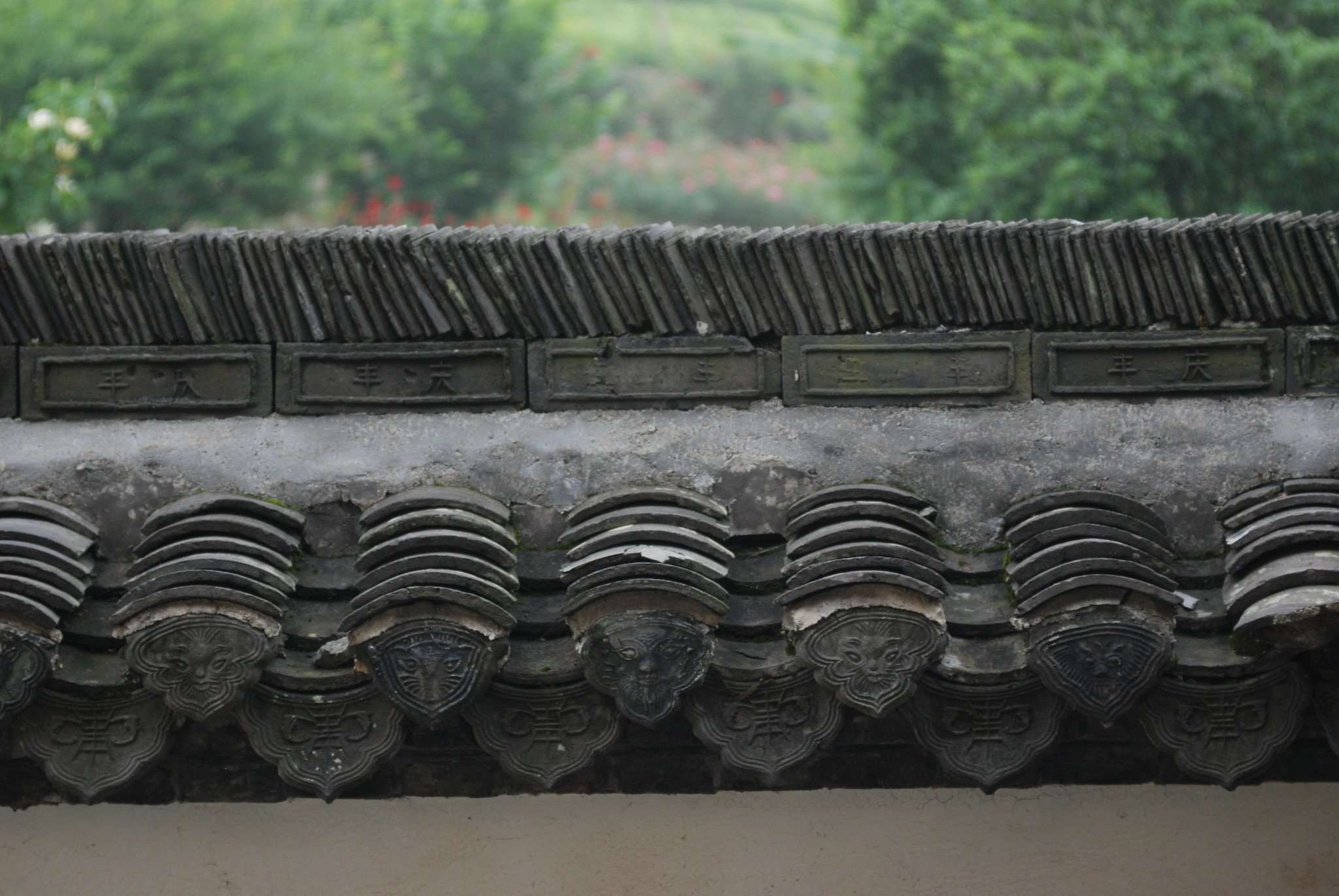

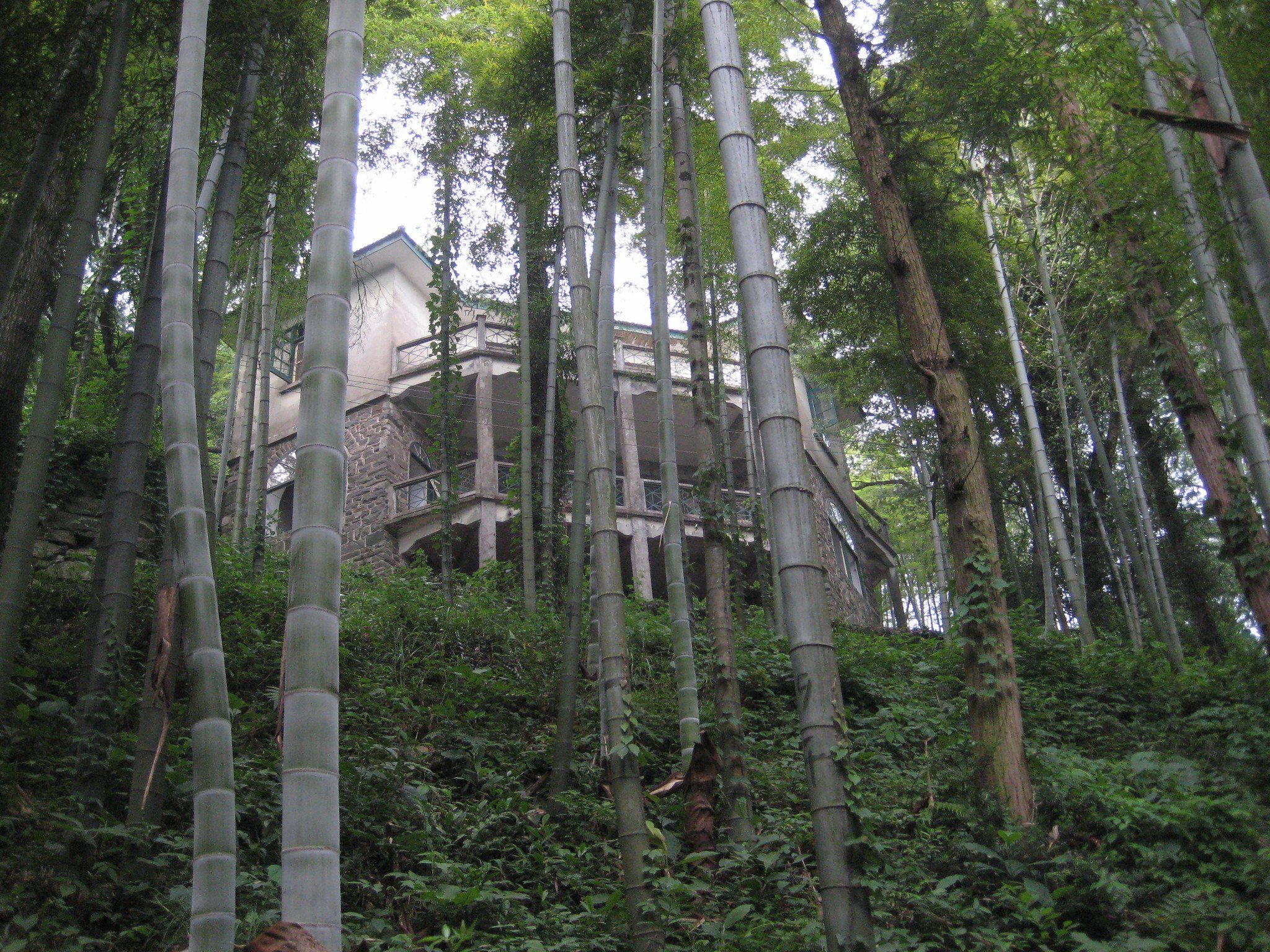
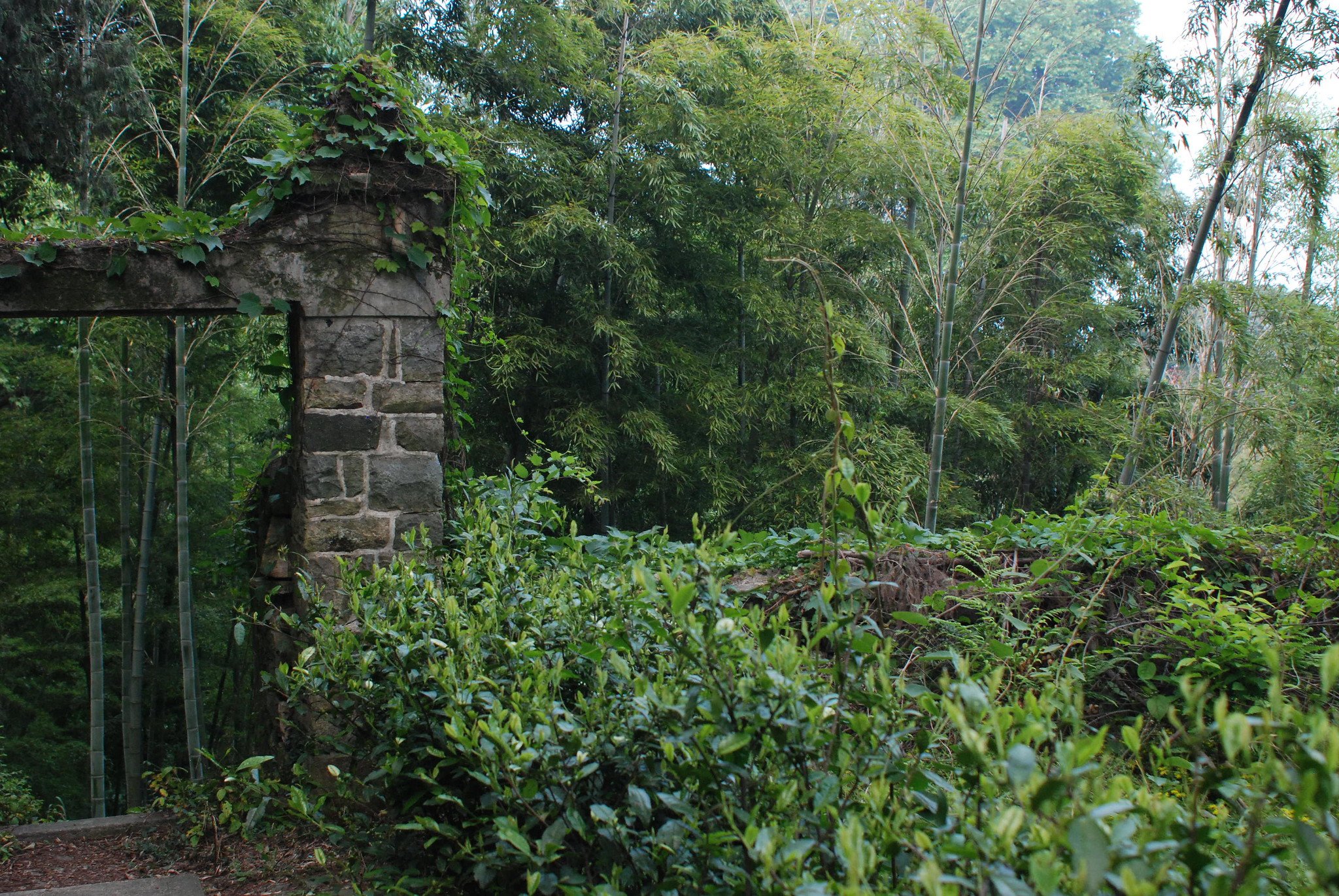
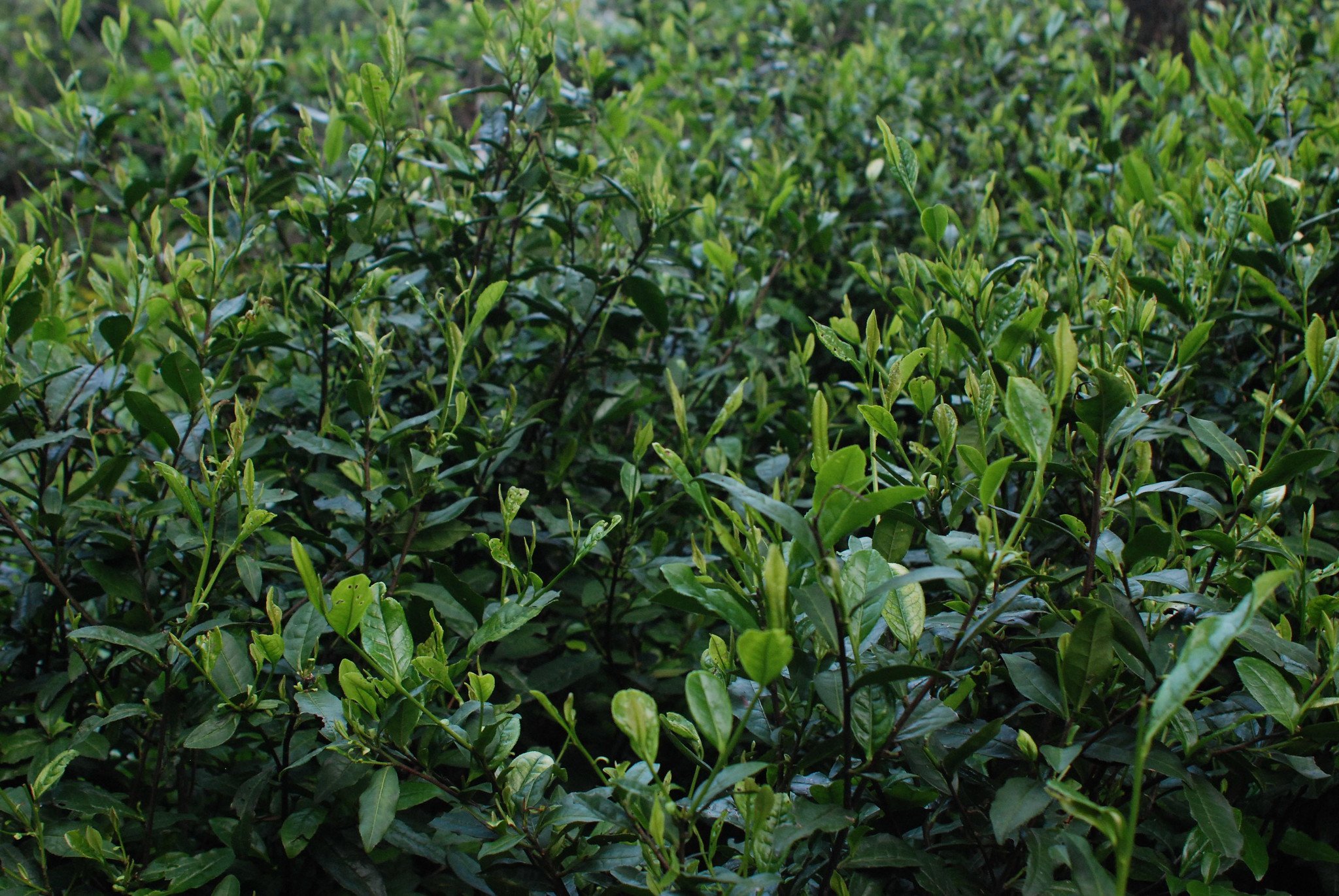
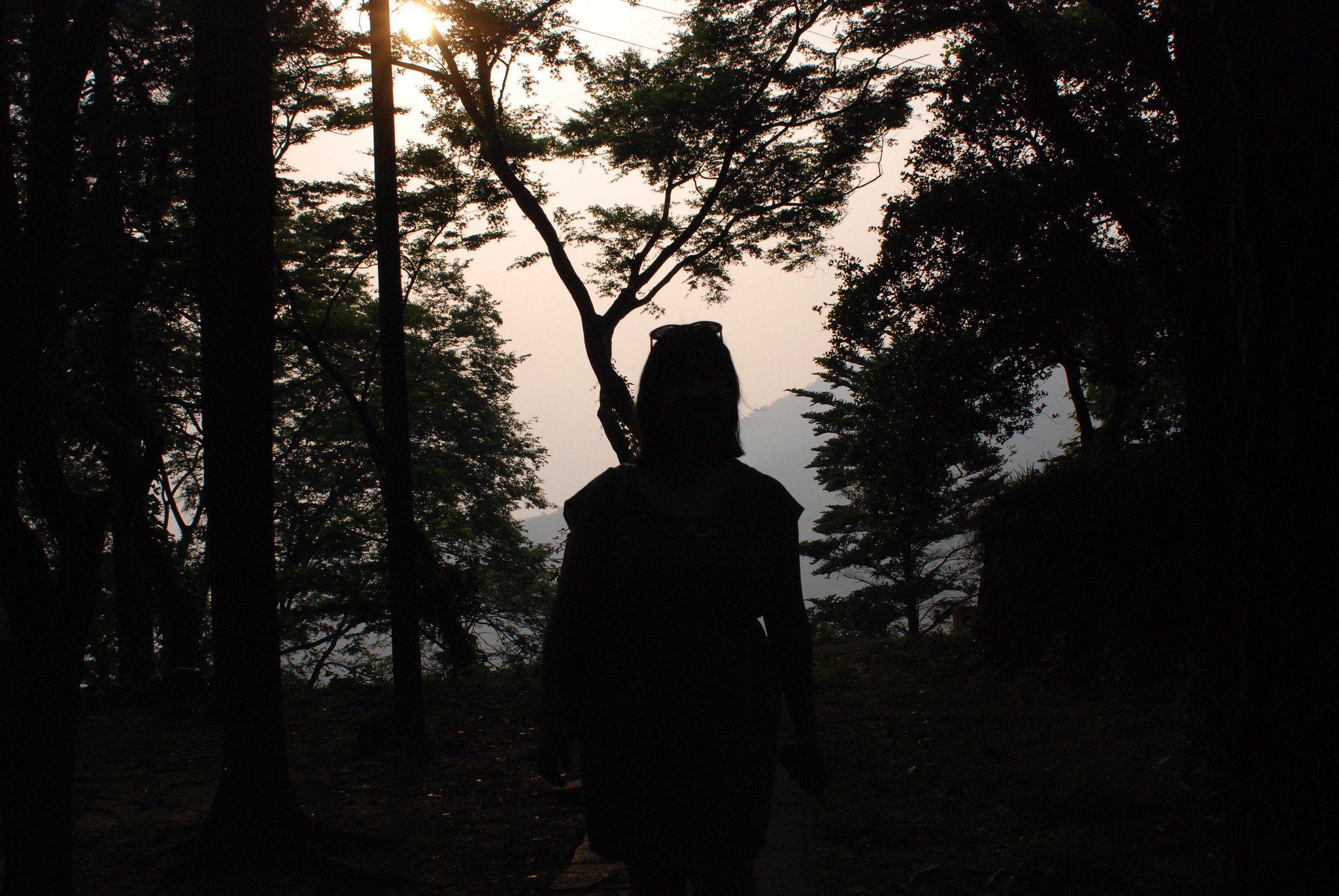
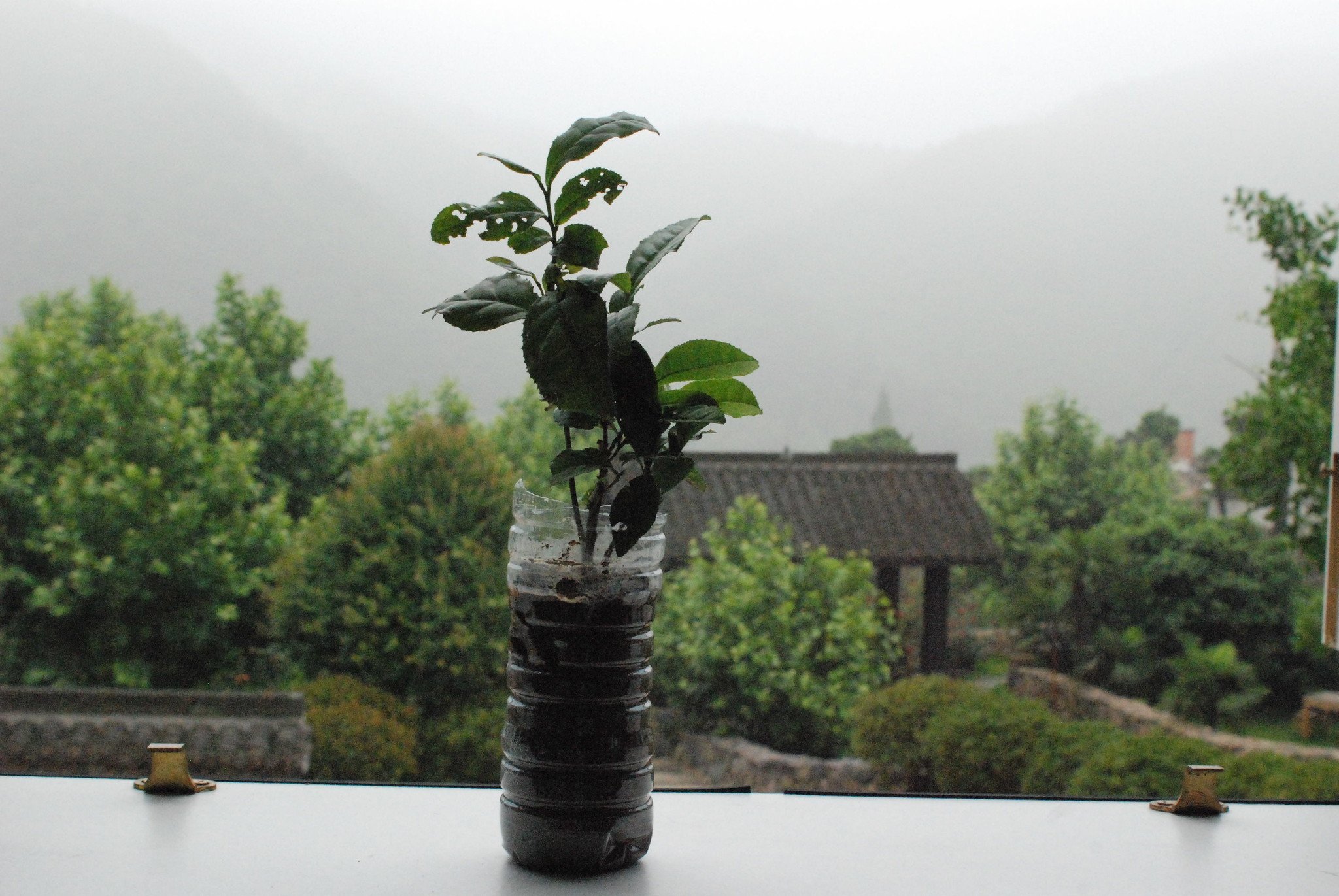
Moganshan, Zhejiang is about 2.5 hours southwest of Shanghai and while a tea growing region, also has a fun glamorous past.
At the turn of the 20th century, Shanghai was one of the most glamorous global cities. One of my favorite books to learn more about this fascinating era is: Shanghai Rise and Fall of a Decadent City. Shanghai is also a very hot place in the summer, so naturally, the elite needed an escape and voila Moganshan became this hot spot.
Shanghai in 1930 photo credit
Dancing in one of Shanghai’s famous nightclubs in 1926 photo credit
As this Vogue article suggests Moganshan is “the Hamptons of China” for a specific period in local history of that region. China is big and the history is long so there have been many “Hamptons” aka locales that are popular for the elite to go to enjoy the pleasures of countryside living.
“As early as the 1800s, Moganshan was a booming summer hot spot for wealthy Shanghai residents seeking refuge from the city swelter. Over the next century, visitors built more than 300 European-style stone mansions among the hills, where a thriving community included all the necessities of the time: churches, tennis courts, banks, bookstores, bakeries, and swimming pools.”
Wandering around Moganshan and exploring old crumbling European inspired residences with Art Deco details was a romantic and haunting journey. We even stumbled upon an old stone residence that had some wild tea plants growing in the front yard! (see photos above)
Yellow Tea in Moganshan
We also took our time in Moganshan as an opportunity to learn more about the local tea specialty of Mogan Yellow Bud (yellow tea) visiting with a few local producers.
The region has some small yellow-tea making operations which is relatively rare tea in Chinese tea production and certainly very rare in world tea production.
Regional map to situate Moganshan, Zhejiang
Zoomed in map of Moganshang, Zhejiang.





